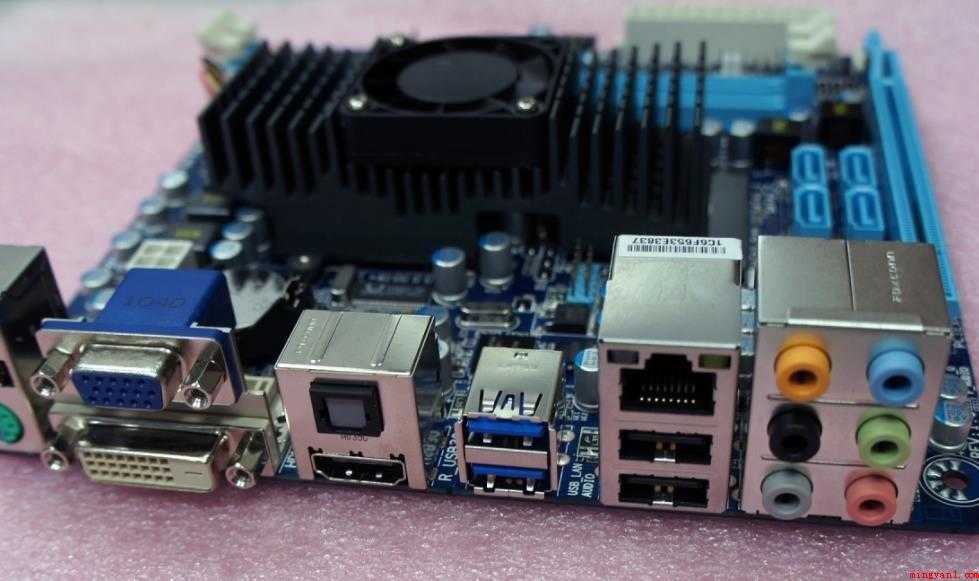
android如何自定view呢?不清楚的小伙伴们一起来看看我现在的分享!
android可以根据组合控件来建立自定view。组合控件便是将系统软件原来的控件开展组合,组成一个新的控件。这类形式下,不需要开发者自身去绘制图上展示的內容,也不需要开发者调用onMeasure,onLayout,onDraw方式来完成精确测量、布局及其draw步骤。
具体步骤:
1、界定标题栏布局文档
界定标题栏的布局文档custom_title_view.xml,将返回按钮和文章标题文字开展组合。这一步用以明确标题栏的模样,编码如下所示所显示:
<?xml version="1.0" encoding="utf-8"?>
<RelativeLayout xmlns:android="http://schemas.android.com/apk/res/android"
android:layout_width="match_parent"
android:layout_height="wrap_content"
android:background="@android:color/holo_orange_light">
<Button
android:id="@ id/btn_left"
android:layout_width="wrap_content"
android:layout_height="wrap_content"
android:layout_centerVertical="true"
android:layout_marginLeft="5dp"
android:text="Back"
android:textColor="@android:color/white" />
<TextView
android:id="@ id/title_tv"
android:layout_width="wrap_content"
android:layout_height="wrap_content"
android:layout_centerInParent="true"
android:text="Title"
android:textColor="@android:color/white"
android:textSize="20sp" />
</RelativeLayout>
2、依据给出布局完成自定View
public class CustomTitleView extends FrameLayout implements View.OnClickListener {
private View.OnClickListener mLeftOnClickListener;
private Button mBackBtn;
private TextView mTittleView;
public CustomTitleView(@NonNull Context context, @Nullable AttributeSet attrs) {
super(context, attrs);
LayoutInflater.from(context).inflate(R.layout.custom_title_view, this);
mBackBtn = findViewById(R.id.btn_left);
mBackBtn.setOnClickListener(this);
mTittleView = findViewById(R.id.title_tv);
}
@Override
public void onClick(View v) {
switch (v.getId()) {
case R.id.btn_left:
if (mLeftOnClickListener != null) {
mLeftOnClickListener.onClick(v);
}
break;
}
}
public void setLeftOnClickListener(View.OnClickListener leftOnClickListener) {
mLeftOnClickListener = leftOnClickListener;
}
public void setTittle(String title){
mTittleView.setText(title);
}
}
表明:
(1)编码中对外开放给予了2个插口,一是动态性设定文章标题,二是使用人可以自定返回按钮的点击事件。
(2)CustomTitleView的构造方法,要挑选2个主要参数的,挑选其他主要参数的构造方法会出错。这一点是小编开发设计机检测的結果,临时不清楚是否全部手机全是那样。
(3)这儿是承继的FrameLayout,可是承继LinearLayout,RelativeLayout等系统软件布局控件都能够。往往要承继这种系统软件现有的ViewGroup,是由于那样可以不需要再调用onMeasure,onLayout等,那样方便许多。因为这儿是一个布局控件,得用LayoutInflater来添充,因此必须承继ViewGroup,假如承继View的立即派生类,编译程序会不通过。因此,CustomTitleView自身是一个器皿,彻底可以当做器皿应用,这时CustomTitleView本身的信息会和其做为父布局加上的子控件,实际效果会累加,实际的堆叠实际效果是依据承继的器皿特点影响的。
3、在Activity的布局文档中加上CustomTitleView。
在Activity的布局文档activity_custom_view_compose_demo.xml中,像应用系统软件控件一样应用CustomTitleView就可以。CustomTitleView自身便是承继的现有的系统软件布局,因此他们有着的特性特点,CustomTitleView一样有着。
<?xml version="1.0" encoding="utf-8"?>
<RelativeLayout xmlns:android="http://schemas.android.com/apk/res/android"
android:layout_width="match_parent"
android:layout_height="match_parent">
<com.example.demos.customviewdemo.CustomTitleView
android:id="@ id/customview_title"
android:layout_width="match_parent"
android:layout_height="wrap_content">
</com.example.demos.customviewdemo.CustomTitleView>
</RelativeLayout>
4、在Activity中实际操作CustomTitleView,编码如下所示:
1 public class CustomViewComposeDemoActivity extends AppCompatActivity { 2 3 private CustomTitleView mCustomTitleView; 4 @Override 5 protected void onCreate(Bundle savedInstanceState) { 6 super.onCreate(savedInstanceState); 7 setContentView(R.layout.activity_custom_view_compose_demo); 8 mCustomTitleView = findViewById(R.id.customview_title); 9 mCustomTitleView.setTittle("This is Title");10 mCustomTitleView.setLeftOnClickListener(new View.OnClickListener() {11 @Override12 public void onClick(View v) {13 finish();14 }15 });16 17 }18 }
在第8行中,获得到CustomTitleView案例,第9行设定标题文字,第10行自定“Back”按键点击事件。
5、设计效果图
依照以上的4步,就根据组合控件完成了一个较为简单的自定标题栏。
以上便是我现在的共享了,期待可以作用到大伙儿。
- END -




















